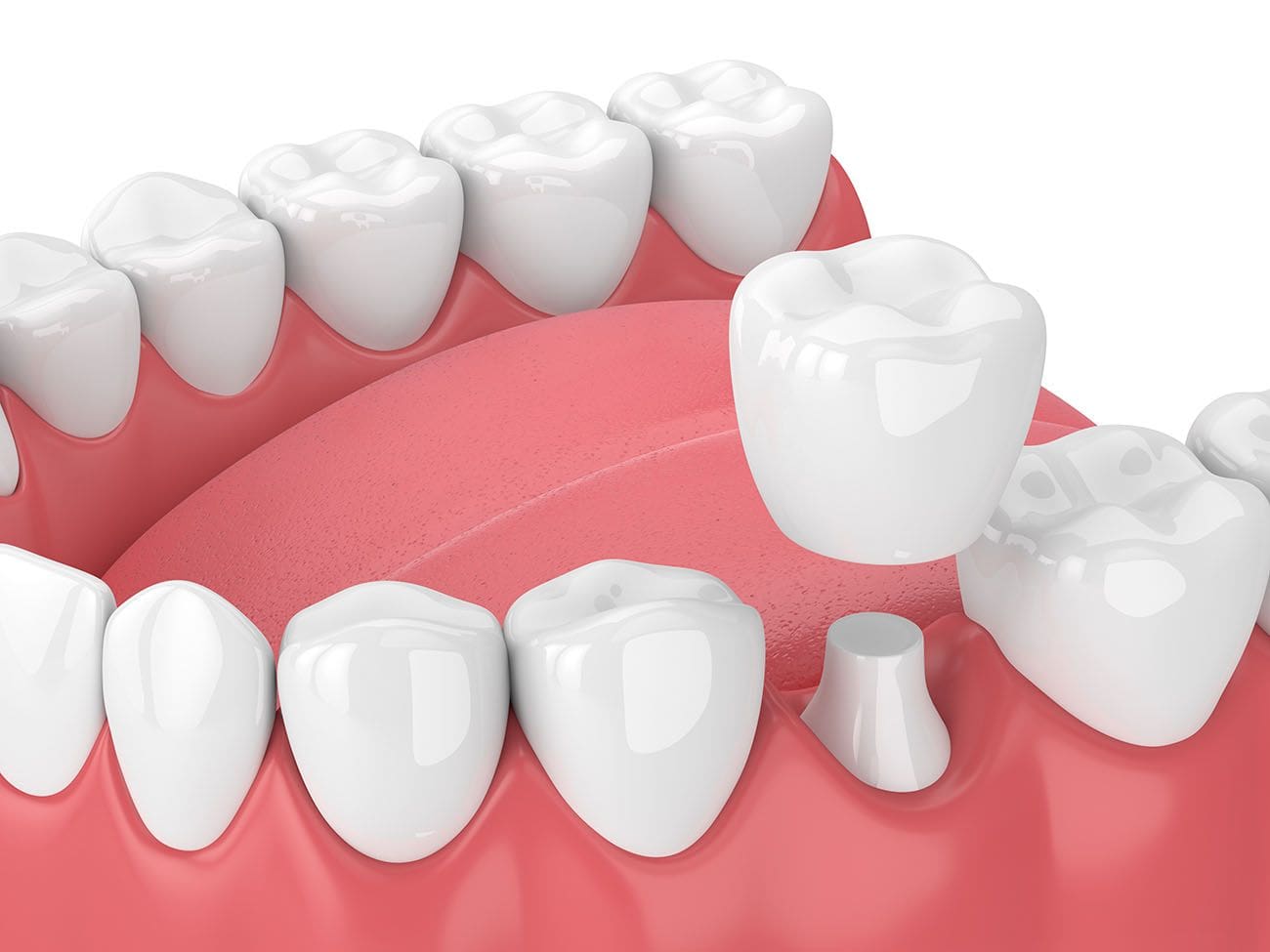For many dental procedures, a patient needs a crown to complete their service. Crowns have many uses, but patients may not be thoroughly familiar with what they are and how they work. A dental crown is a “cap” that goes over a tooth in order to support it. Additionally, a crown is tooth-shaped to mimic the shape and look of your natural tooth. Dental crowns are valuable tools that have many functions.

What Are Its Uses?
The goal of a crown is to either support a weakened tooth or reconstruct the shape of a damaged tooth. A dentist will recommend a crown when a tooth is at risk of extraction or to cosmetically alter it. Typically, your dentist will avoid extracting a tooth if possible. Keeping your natural teeth is ideal, so dentists will use other measures to save your teeth. This is where a crown comes in.
If decay weakens a tooth substantially, a crown will hold the structure together. With cavities, your dentist will drill out the decayed area and then fill the cavity with a dental filling. Fillings are typically composed of a composite resin that will match the color of your tooth. However, if the cavity is large, you may need a crown to cover the filling. The crown will not only support the tooth but also restore the look and function of a natural tooth.
After a dental injury, your dentist may use a crown to fix your broken tooth. This will allow you to keep as much of your natural tooth as possible. While some of your natural tooth will be missing, a crown will ensure that you protect and maintain the vital root structure of your tooth. A crown can also restructure teeth worn down due to age or teeth grinding.
How To Care For A Crown
A crown is not a permanent structure, so you must avoid foods or behaviors that might damage it. With proper care, a crown should last upwards of 10-15 years before a dentist needs to replace it.
To maintain the integrity of your crown, avoid eating any sticky or chewy foods that might pull the crown from your tooth. Foods like caramel, taffy, or chewing gum have the potential to damage a crown. Also, hard foods, such as ice or even some raw vegetables, can break or fracture your crown.
If you have a temporary crown, it is best to avoid chewing on that side of your mouth until a dentist places a permanent crown. Unlike permanent crowns, a dentist does not cement a temporary crown in place. So, they do not work as efficiently. Even with care, you should alter your flossing routine so that you don’t pop the temporary crown off your tooth. When removing the floss from between your teeth, you should slide the floss rather than lift it out.
Potential Problems
There are generally few problems with dental crowns. However, dental crowns create issues if they come loose or get chipped. Certain foods can break, chip, or completely remove a crown. Unfortunately, a dentist will need to replace it. Initially, you can experience some discomfort or sensitivity after your procedure.
